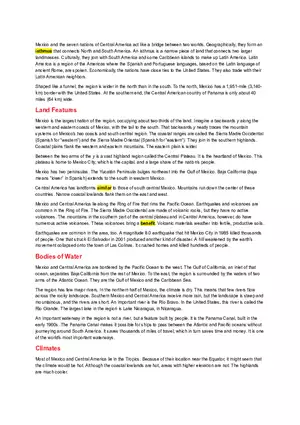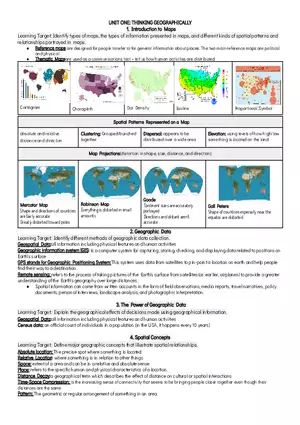Assignment
Life Cycle of Tourism Destinations
-
University:
California State University, Northridge -
Course:
GEOG 150 | World Geography: People, Places, and Globalization Academic year:
2024
-
Views:
113
Pages:
3
Author:
Amel S.
Related Documents
- The Challenge of Natural Hazards
- Arabic Culture - Lecture 1
- Arabic - Lecture 3
- Globalization Week 5 Notes
- Globalization Week 3 Notes
- Globalization Week 2 Notes
- Globalization Week 1 Notes
- Urban Issues and Challenges - HIC London 4
- Direction of Wind
- Rocks - Lecture Note
- Chapter 2 Crystal and Solids
- Section B : The Living World
- Earth Science Notes: Matter, Feedback, Minerals, Rocks & Volcanoes
- Spatial Distribution of Wealth
- Earth's Atmosphere and Its Layers
- Assignment 09 Satellite Geodesy
- Task 2 Satellite Geodesy
- Earth Science Notes: Chapter 15
- Earth Systems Textbook Notes
- Geologic Time Reference Materials
Report
Tell us what’s wrong with it:
Thanks, got it!
We will moderate it soon!
Report
Tell us what’s wrong with it:
Free up your schedule!
Our EduBirdie Experts Are Here for You 24/7! Just fill out a form and let us know how we can assist you.
Take 5 seconds to unlock
Enter your email below and get instant access to your document









